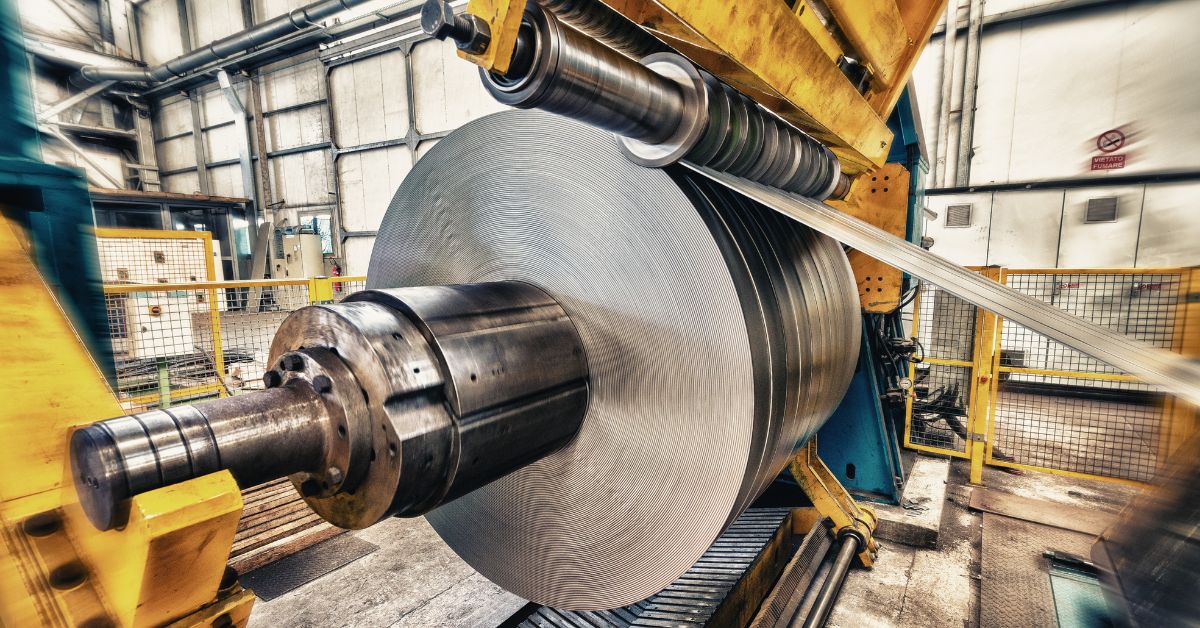What You Need To Know About the Metal Rolling Process

Metal rolling is a vital process that various industries use to create sheets, plates, tubes, and other metal products of different sizes and shapes. It involves passing metal through a pair of rollers to reduce its thickness or alter its shape. However, the metal rolling process can be more complex and requires a good understanding of the types, techniques, and maintenance involved. With that, consider what you need to know about the metal rolling process.
Types of Rolling
There are several types of metal rolling processes. The two most common are hot rolling and cold rolling. There are many differences between hot-rolled and cold-rolled metal, but the main difference is the temperature at which they’re produced. Hot-rolled metal is rolled at temperatures above the material’s recrystallization point, while cold-rolled metal is rolled at room temperature.
Roll Design
Another thing you need to know about the metal rolling process is that the roll shape can have a significant impact on the quality of the final product. Rolls can be flat, contoured, smooth, grooved, or textured. To ensure consistent thickness and quality, machinists need to choose an appropriate size and shape for the task at hand.
Lubrication
Metal rolling generates significant heat and friction, which can cause the metal to stick to the rollers and affect the finish and quality of the product. To prevent these issues, machinists use lubricants like oil, grease, or water to reduce friction and improve the metal’s flow through the rollers.
Applications
A wide range of industries and applications, including construction, automotive, aerospace, and manufacturing, use metal rolling. Rolled metal products include sheet metal, plates, bars, wire, tubing, and structural shapes. Machinists can also use metal rolling to give metals decorative finishes, such as textured or embossed patterns.
The metal rolling process is a critical manufacturing technique that plays a significant role in producing various metal products. By understanding the basics of this process, you can better appreciate the intricacies of metal fabrication.





